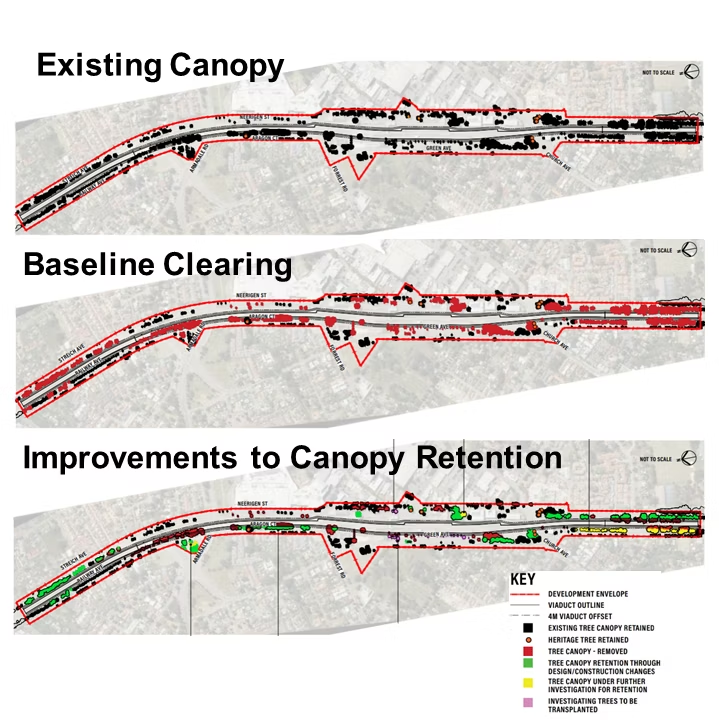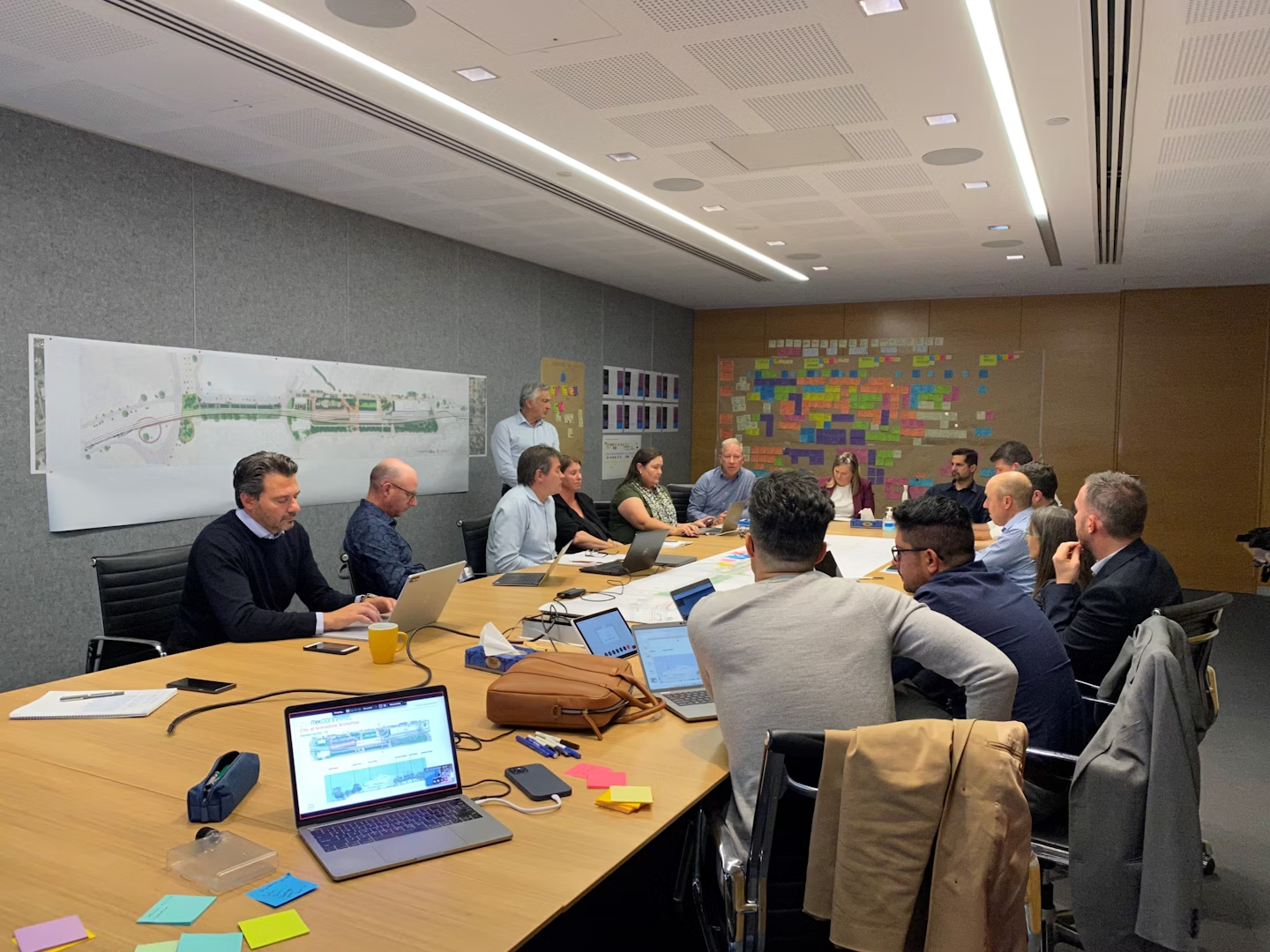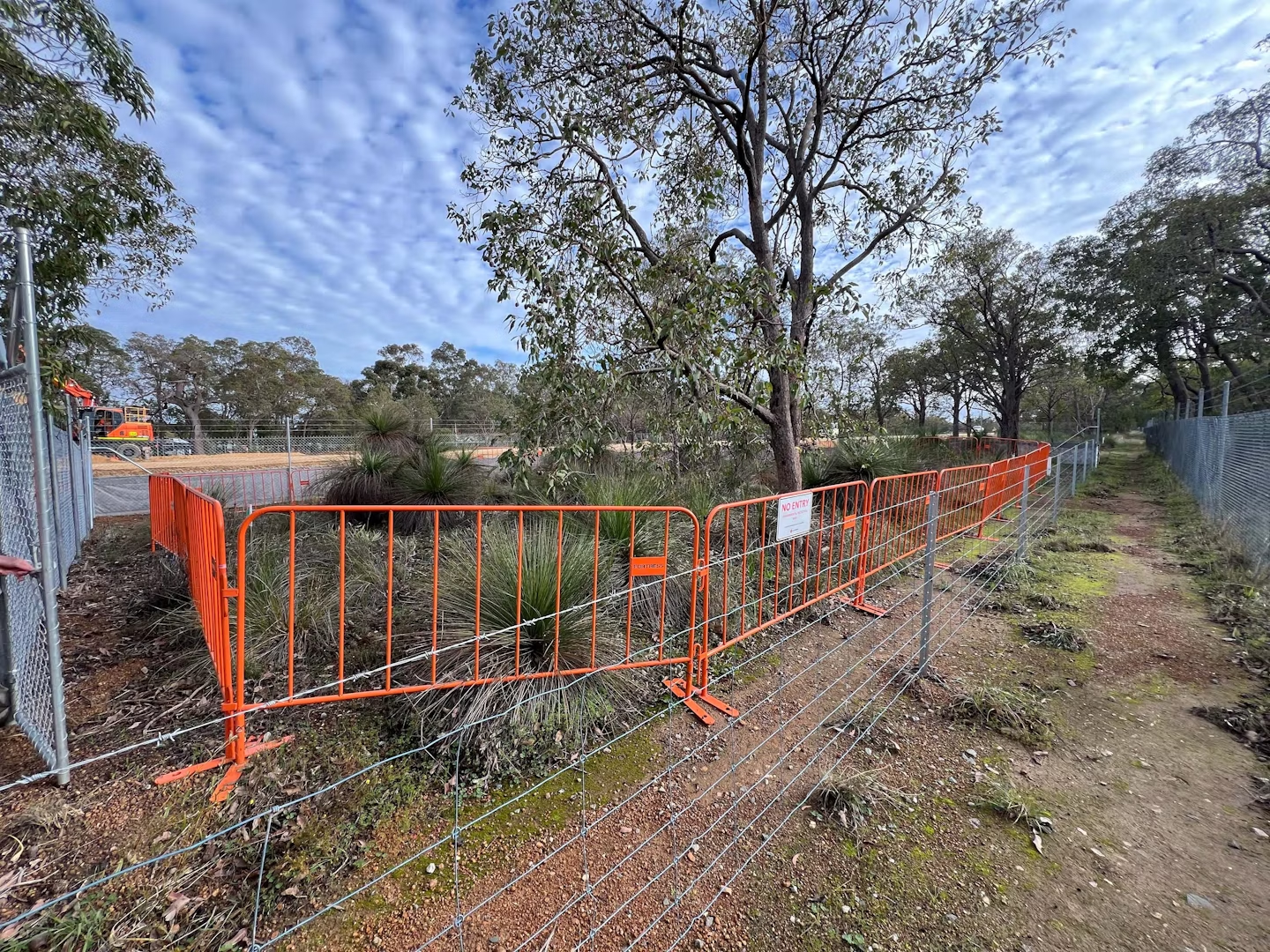METRONET Byford Rail Extension’s Urban Forest Strategy – Social Outcomes
Summary
The collaborative development of the extensive urban forest strategy on the Byford Rail Extension Project has set a new standard in prioritising preservation of urban ecosystems during infrastructure delivery through collaborative stakeholder and community engagement.
The significant efforts undertaken by MetCONNX’s Tree Working Group to challenge business-as-usual-delivery practices, has resulted in outstanding improvements from original canopy loss projections of 64% at Reference Design, to an expected 70% retention to date, and projected 32% increase (above baseline) over time. This equates to an outstanding 94% improvement in canopy retention (>37,000sqm)!
Improving design and construction methodologies that concentrated on protecting significant trees and habitat with high ecological value, as well as optioneering with external stakeholders, has informed responsible decision-making and built trust and buy-in.
This approach demonstrates what is possible when delivering large-scale infrastructure projects when natural capital preservation is prioritised, to create enduring outcomes for people and the environment.







